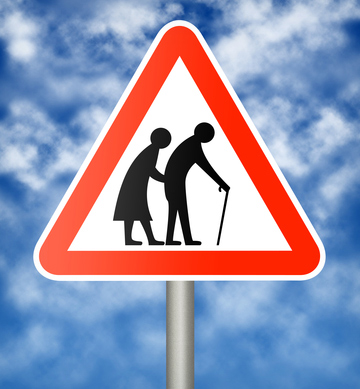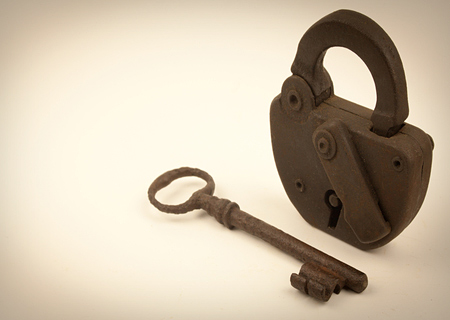Imagine waking from deep sleep to see a strange, expressionless face staring right down at you. Then imagine that this happens many times a week and that you are aged 96 with limited mobility.
This is life for a friend of mine who lives in a high-care residential facility. It also happened to my mother in similar circumstances – and to many others.





